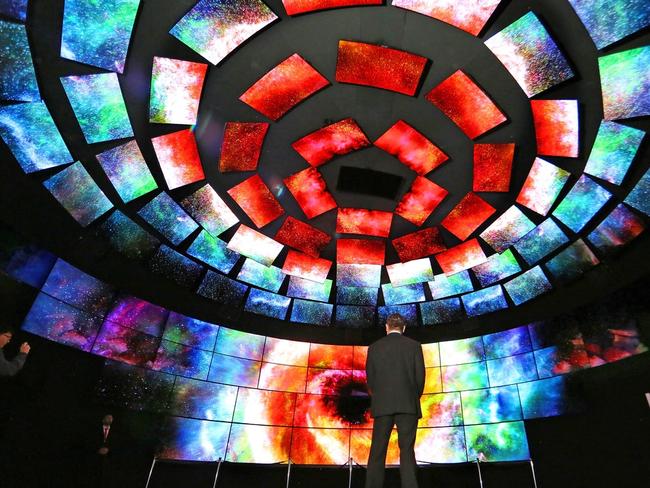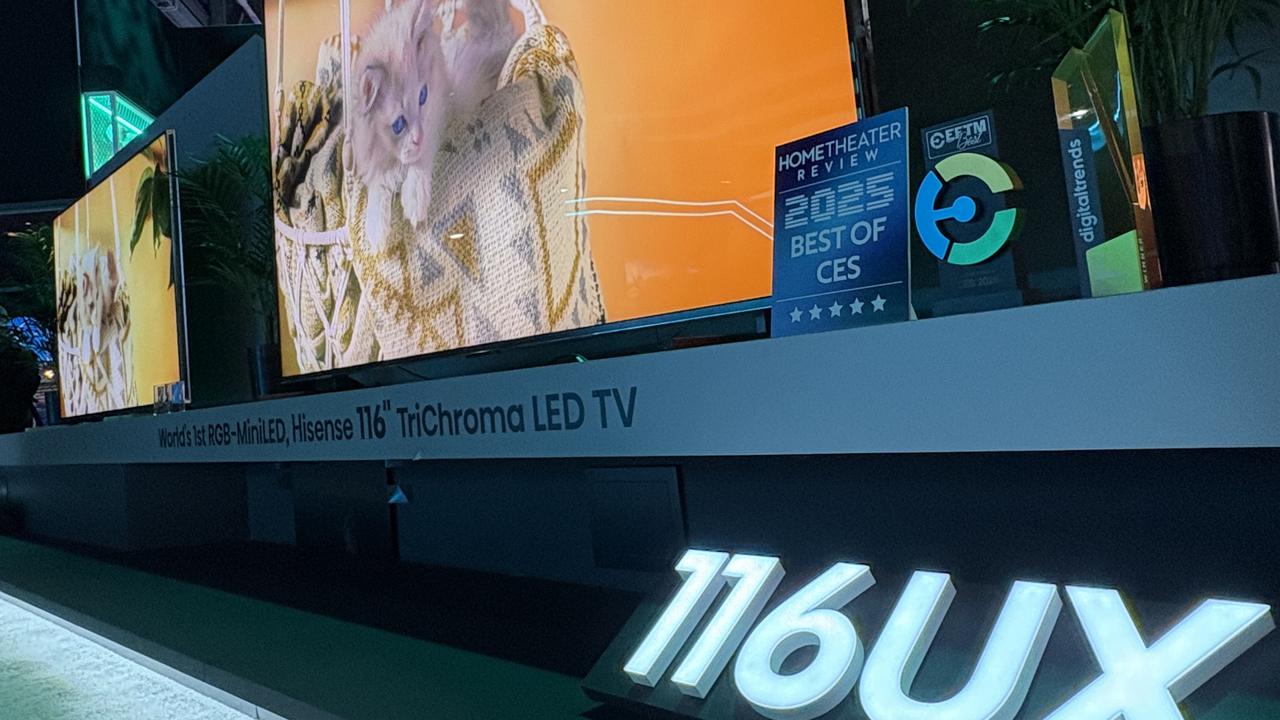What is an OLED TV, and are they any good? Here’s the easy answer
If you’re baffled by all the jargon when you walk into the TV section of an electronics store, this guide will help.
IF you’ve looked at any new TV models lately, you might have seen the phrase OLED — but what does it mean?
This easy guide will explain exactly what an OLED TV is, what makes it so good, and whether it’s worth you paying extra for.
On a standard television, you’ll have an LCD (or liquid-crystal display) screen.
This means your screen contains loads of tiny crystals, which are illuminated by a giant backlight at the back of your telly. When the crystals light up, you see an image — and that’s television!
But OLED screens work in a slightly different way.
OLED stands for organic light-emitting diode, and it’s a way of describing the type of screen on your TV.
It’s basically an organic compound that emits light when you pass an electric current through it.
This means your OLED screen doesn’t need a big old backlight, because the pixels on your screen light up on their own.

HOW DO YOU KNOW IF A TV IS OLED?
If a TV is OLED, you’ll know about it.
TV makers like to make a big deal about the tech, so the branding will be very obvious. It might even be in the name or model number of the TV.
Not all telly makers offer OLED screens, mind. For instance, Samsung doesn’t currently sell OLED TVs.
LG is the main brand that flogs premium OLED screens, but you’ll also find other firms selling them — including Sony.
IS OLED ANY GOOD?
The simple answer is yes.
OLED screens are generally better than conventional LED-backlit LCD displays.
For a start, they’re much more power-efficient. That’s because you’re not paying to power a huge backlight that sucks up loads of energy.
But the lack of backlight also means that OLED screens can be much thinner.
The big advantage of OLED is the picture quality improvement, however.
On a normal TV, you’re never really seeing true black, because there’s a backlight.
On OLED screens, individual pixels can be turned off completely, or dimmed significantly, so you’ll see much more accurate blacks during dark TV or movie scenes.
Generally, this means OLED screens offer a wider range of lights, darks, and colours overall.

Should you pay extra for an OLED TV?
The problem with OLED screens is that they massively jack up the price by two or three times.
That’s because it’s very difficult to produce OLED display panels, and only a few companies in the world can do it successfully. For TV-sized OLED screens, South Korea’s LG produces the lion’s share of the supply.
This means you’ll have to fork out a pretty penny for a quality OLED TV.
If you’re looking for super high-quality televisions, then OLED is the way to go — if you’re willing to pay upwards of $2500.
Alternatively, you could wait a few years for manufacturing methods to improve and OLEDs to become more common, driving the price down.
If you buy an OLED screen, you will notice the difference, but they’re really only for the telly-mad right now.
This article originally appeared on The Sun but was republished here with permission.



